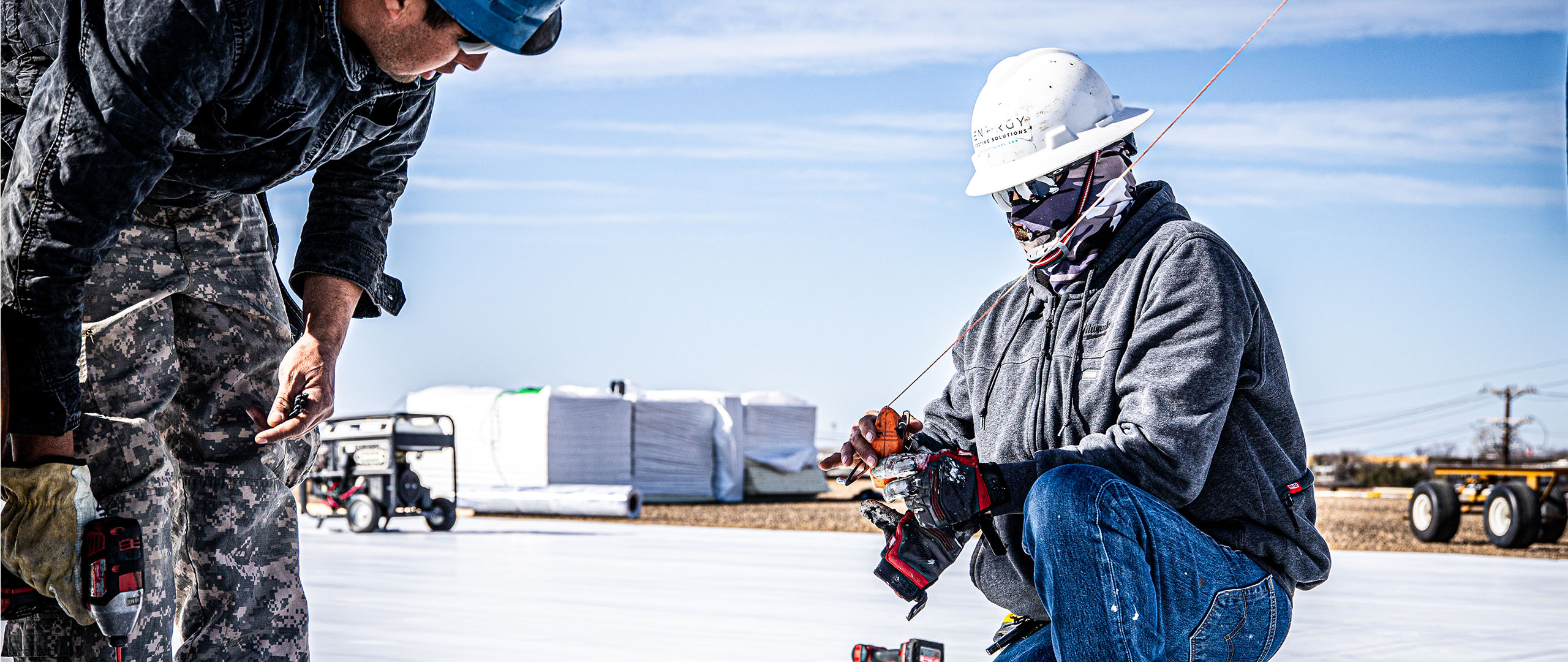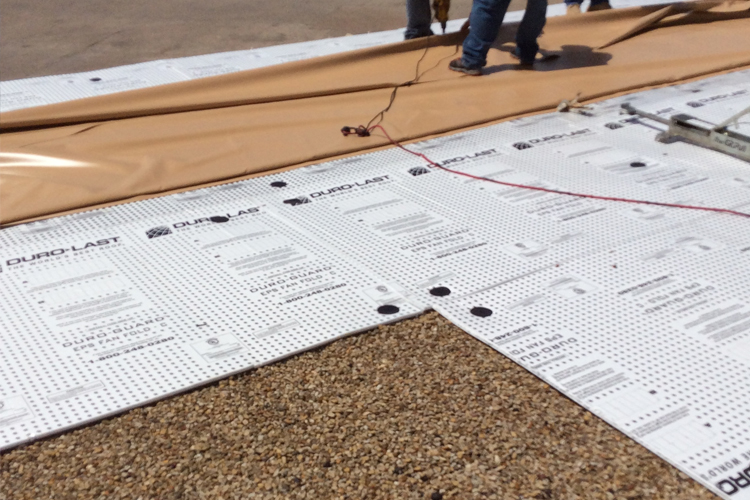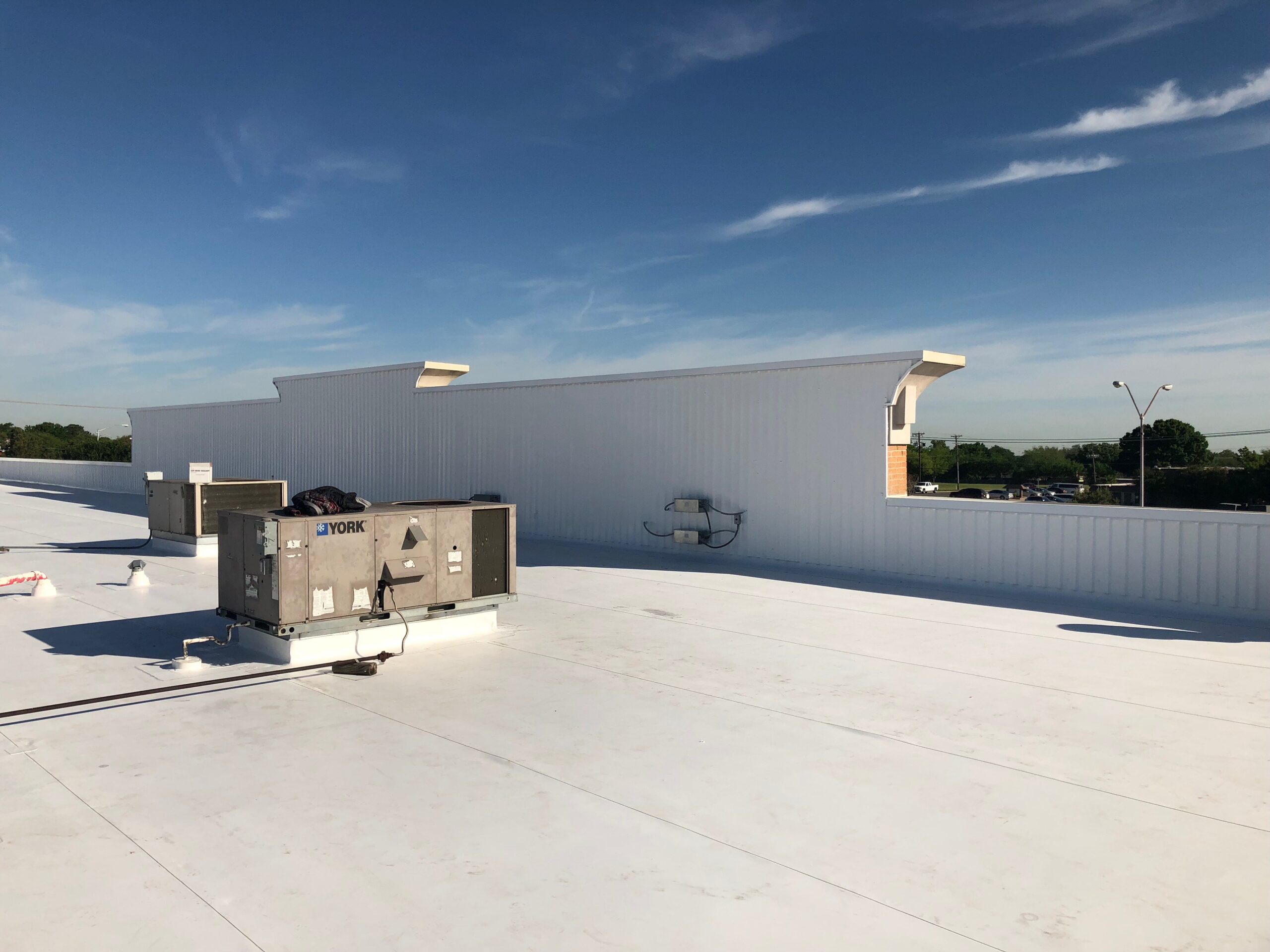Understanding Commercial Roof Retrofit
Initial Inspection and Assessment
The first step in a commercial roof retrofit is conducting a thorough initial inspection and assessment. This step is crucial for understanding the current condition of the roof and identifying any underlying issues that need to be addressed.
- Roof Condition Check: Inspectors examine the current state of the roof, looking for signs of damage, wear, and potential problem areas.
- Structural Integrity Assessment: The inspection includes assessing the structural integrity of the roof to ensure it can support the retrofit materials.
- Detailed Report: A comprehensive report is created outlining the findings, recommendations, and a proposed plan for the retrofit.
Planning and Design Phase
The planning and design phase involves defining the project scope and creating a tailored design that meets the specific needs of the building.
- Scope Definition: This phase outlines the extent of the retrofit, including areas to be repaired or replaced and the materials to be used.
- Customized Design: The design is customized to address the building’s unique requirements, local regulations, and energy efficiency goals.
- Material Selection: Appropriate materials and systems are selected to enhance the roof’s performance and longevity.
- Energy Efficiency Considerations: The design incorporates features aimed at improving energy efficiency, such as better insulation and reflective coatings.
Obtaining Permits and Approvals
Before any work can begin, it is essential to obtain the necessary permits and approvals from local authorities.
- Permit Application: Submit applications to local building authorities to ensure the project complies with all relevant building codes and regulations.
- Environmental Certifications: Ensure that the project meets any required environmental standards and certifications.
- Compliance Assurance: This step is crucial for legal compliance and to avoid potential delays or fines during the retrofit process.
Preparation and Site Setup
Preparing the site is vital for ensuring a smooth and safe retrofit process.
- Safety Measures: Implement safety measures to protect workers and occupants, including setting up barriers and signage.
- Interior Protection: Protect the building’s interior from dust, debris, and potential water damage during the retrofit.
- Logistics Management: Coordinate the delivery and storage of materials to ensure they are available when needed without cluttering the site.
- Minimizing Disruption: Plan the work schedule to minimize disruption to the building’s occupants and maintain business operations as smoothly as possible.
Removal of Old Roofing
The next step involves carefully removing the existing roofing material.
- Roofing Material Removal: Remove old roofing materials, such as shingles or membranes, carefully to avoid damaging the roof deck.
- Proper Disposal: Dispose of old materials according to environmental regulations and industry best practices.
- Deck Inspection and Repair: Inspect the roof deck for any damage and make necessary repairs to ensure a solid foundation for the new roofing system.
Installation of New Roofing System
Installing the new roofing system is the core of the retrofit process, involving several layers and components.
- Insulation Installation: Install insulation to improve energy efficiency and thermal performance.
- Waterproofing Layers: Apply waterproofing membranes to prevent water infiltration and protect the building structure.
- Final Roofing Material: Install the final roofing material, whether it be shingles, metal panels, or a membrane, ensuring it is properly sealed and secured.
- Energy-Efficient Features: Incorporate features such as reflective coatings or cool roof systems to enhance energy efficiency.
- Quality Control: Perform quality control checks throughout the installation process to ensure adherence to industry standards and specifications.
Final Inspection and Quality Assurance
A final inspection will ensure the new roof meets all quality and performance standards.
- Comprehensive Inspection: Conduct a thorough inspection to verify that all aspects of the retrofit are completed correctly.
- Third-Party Inspections: If applicable, involve third-party inspectors to provide an unbiased assessment of the work.
- Warranty and Documentation: Provide the building owner with warranties and detailed documentation of the completed project.
Maintenance and Long-Term Care
Proper maintenance is crucial for extending the lifespan of the new roofing system.
- Regular Inspections: Schedule regular inspections to identify and address any issues early.
- Prompt Repairs: Perform prompt repairs to prevent minor issues from becoming major problems.
- Maintenance Services: Utilize maintenance services offered by Energy Roofing Solutions to keep the roof in optimal condition.
Ensuring a Successful Retrofit with Energy Roofing Solutions
Commercial roof retrofit offers numerous benefits, including enhanced durability, improved energy efficiency, and long-term cost savings. By understanding the step-by-step process, building owners can be better prepared and make informed decisions. Contact Energy Roofing Solutions today for a consultation and to learn more about how we can help you achieve a successful and efficient commercial roof retrofit.
For more information and to explore our services, visit Energy Roofing Solutions.







